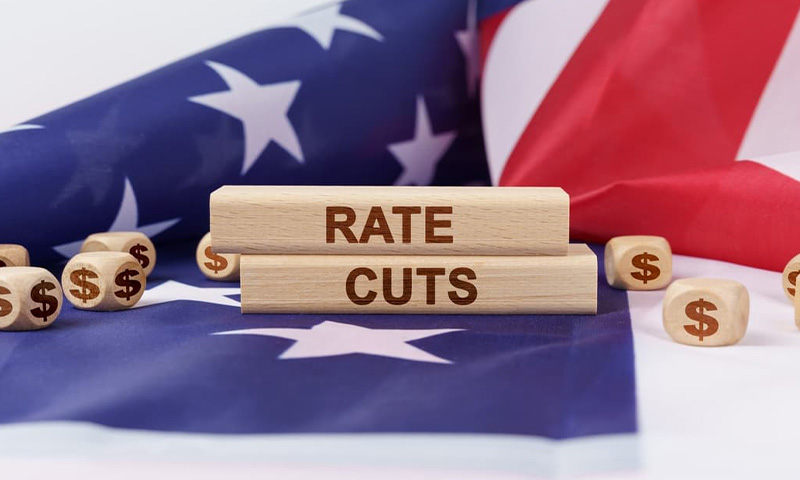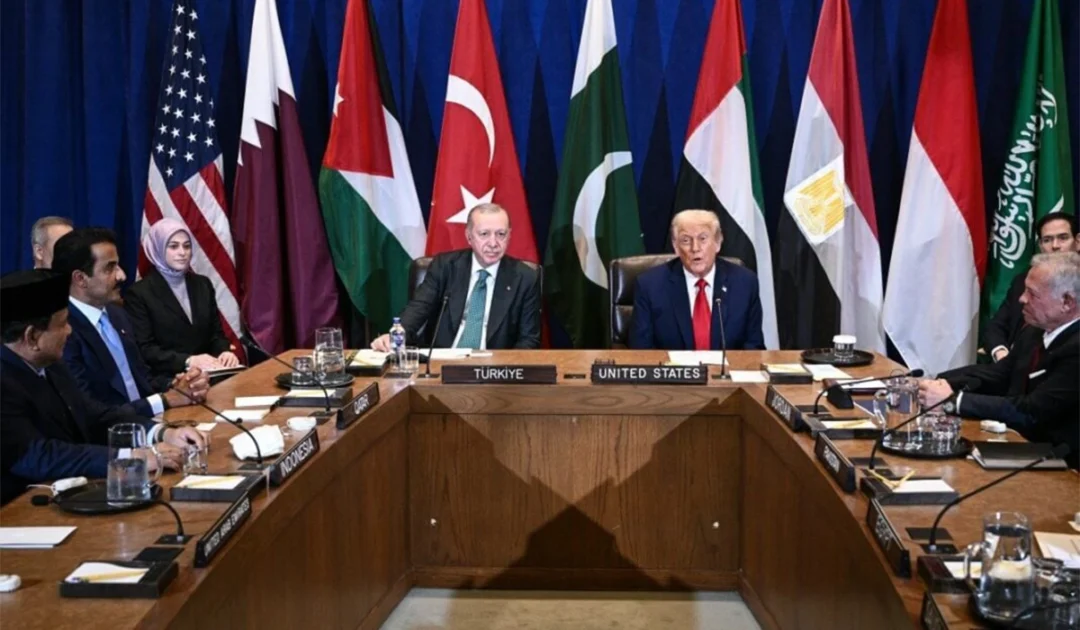- Web Desk
- Nov 01, 2025
Oil prices inch up on Ukraine peace talks uncertainty
-
- Web Desk
- Aug 14, 2025

WEB DESK: Oil prices rose slightly on Thursday, with traders cautious ahead of Friday’s planned US-Russia summit on the Ukraine conflict. The meeting has raised speculation over possible changes to sanctions on Russian crude, while concerns about a weak demand outlook kept gains limited.
By 0356 GMT, Brent crude futures were up 24 cents, or 0.37 percent, at $65.87 a barrel. US West Texas Intermediate (WTI) futures added 21 cents, or 0.34 percent, to $62.85. Both benchmarks had touched two-month lows on Wednesday, following bearish supply forecasts from the US government and the International Energy Agency (IEA).
Sanctions threat fuels market tension
On Wednesday, US President Donald Trump warned of “severe consequences” if Russian President Vladimir Putin failed to agree to peace in Ukraine. While he gave no details, Trump has previously threatened economic sanctions, including possible secondary tariffs on major buyers of Russian crude such as China and India, if the Alaska talks fail.
“The uncertainty of US-Russia peace talks continues to add a bullish risk premium, given that Russian oil buyers could face more economic pressure,” Rystad Energy said in a note to clients.
Warren Patterson, head of commodities strategy at ING, noted that if a ceasefire deal stalls, the market could see “upside risk.” He added that while OPEC’s spare capacity and an expected oil surplus in late 2025 and 2026 could offset the impact of tariffs on India, wider measures affecting other major buyers like China and Turkey would pose a greater challenge.
Fed rate cut hopes lend support
Expectations that the US Federal Reserve will cut interest rates in September have also provided some support to oil. Traders are almost certain a cut will happen after July’s inflation data showed only a moderate increase.
Treasury Secretary Scott Bessent even suggested a half-point reduction could be on the table, given weak jobs data. The CME FedWatch tool now places the likelihood of a quarter-point cut at 99.9 percent. Lower rates typically boost oil demand.
Rising inventories and supply outlook limit gains
However, the upside was capped by a surprise increase in US crude stockpiles, which rose by 3 million barrels in the week ending August 8, according to the US Energy Information Administration.
Adding further pressure, the IEA forecast that global oil supply in 2025 and 2026 will grow faster than earlier expected, driven by higher output from OPEC and its allies, along with increased production from non-OPEC producers.
Read next: Gold prices dip in international market





